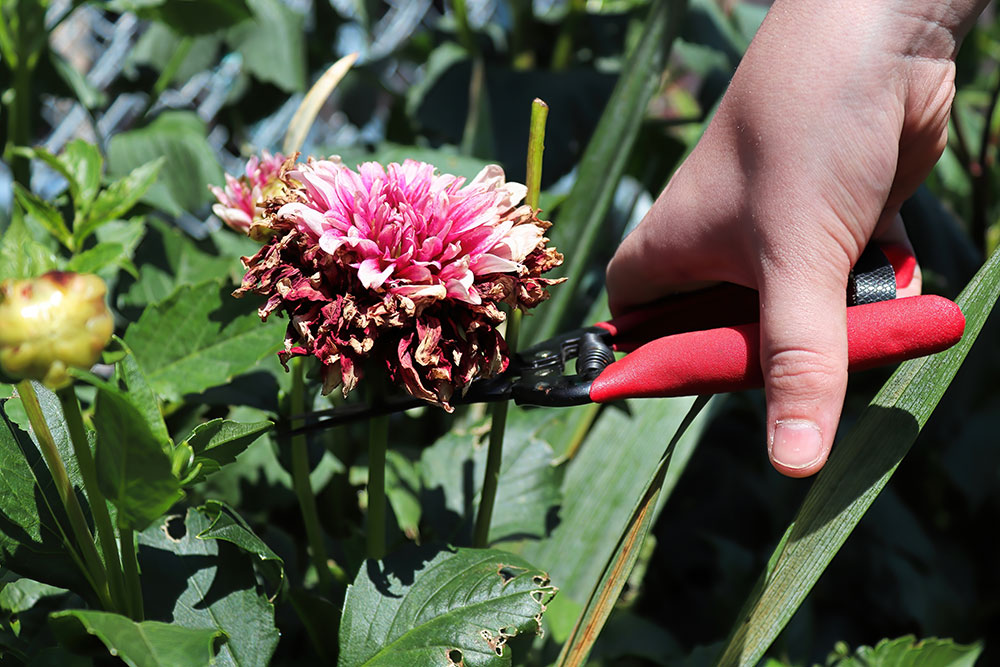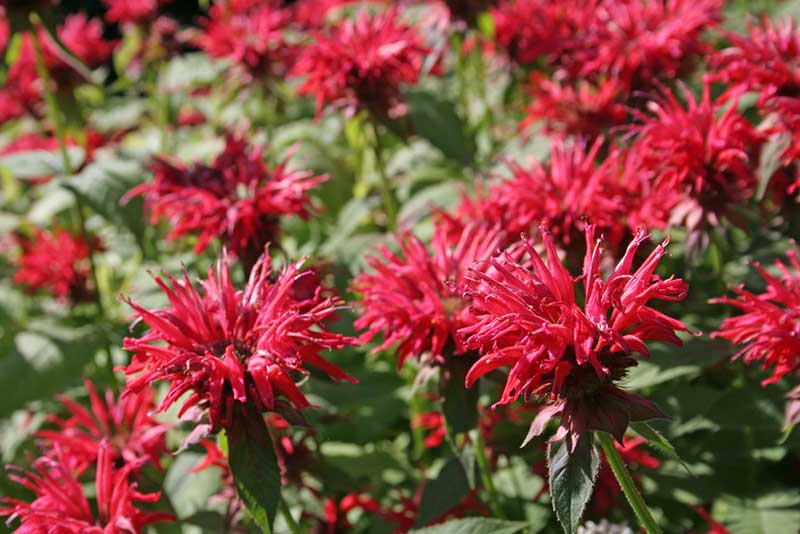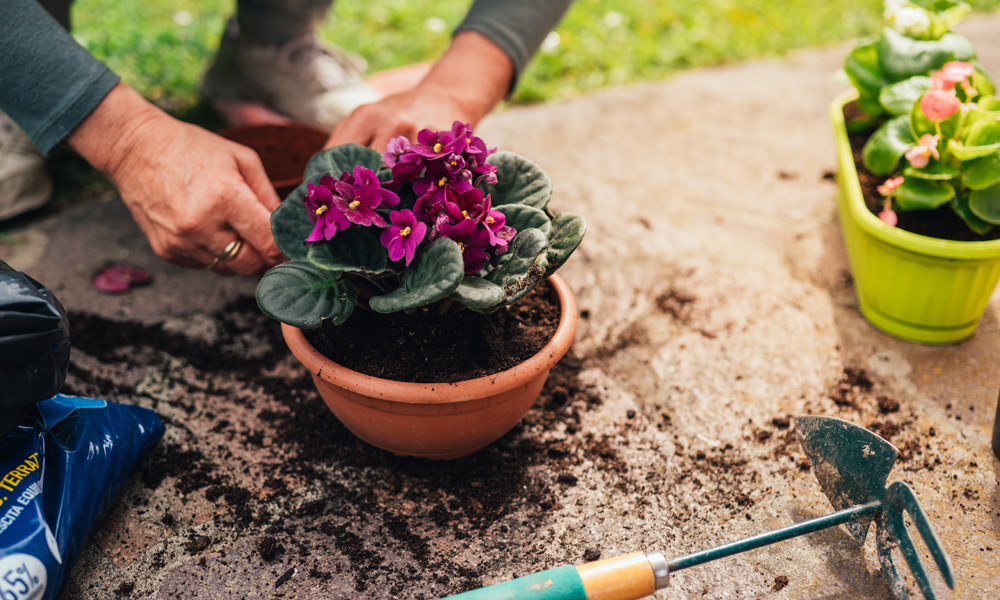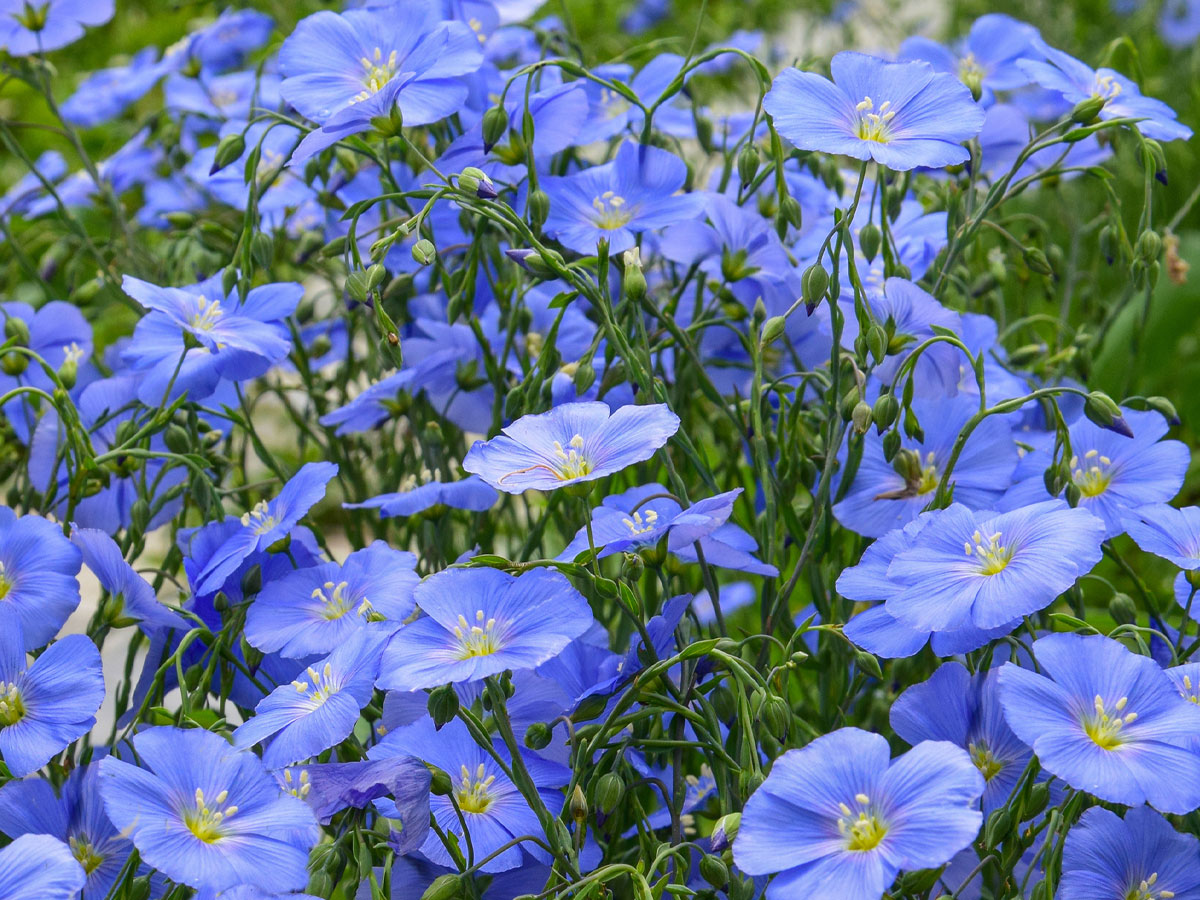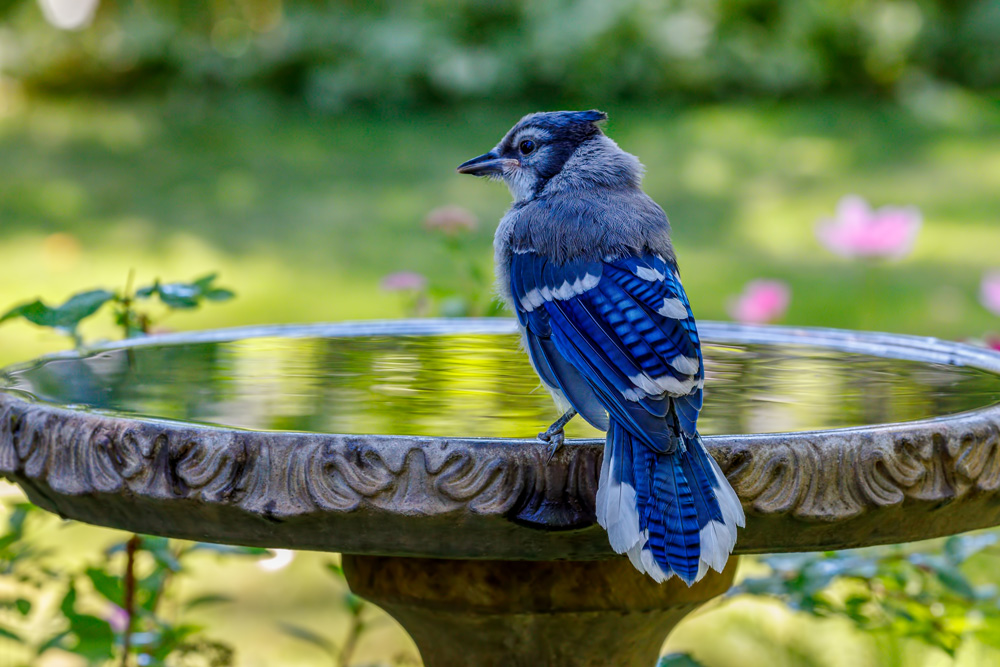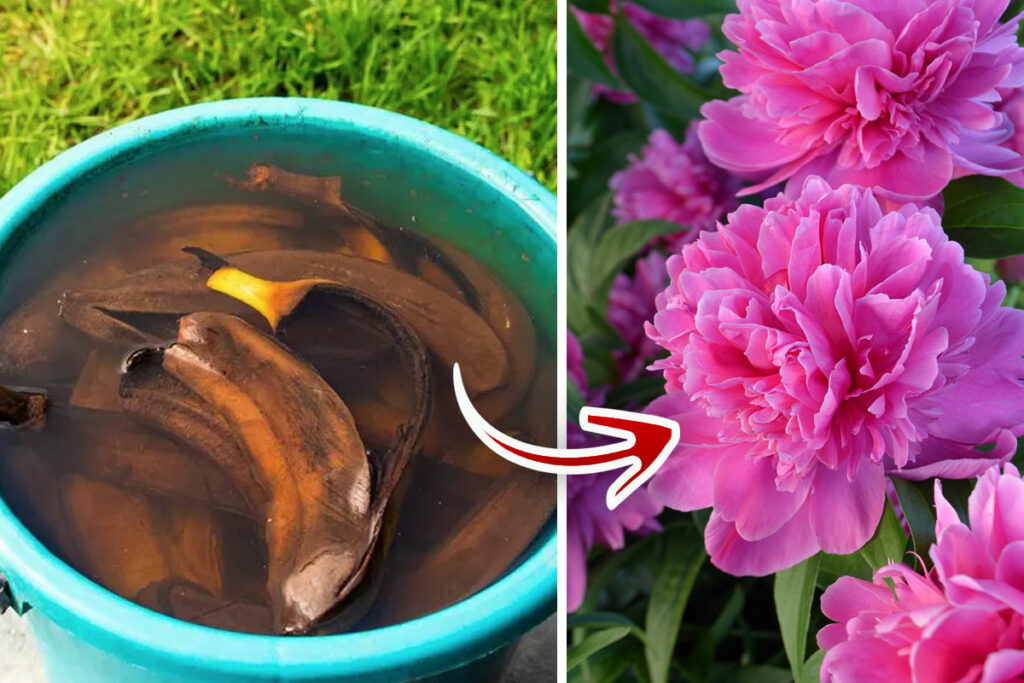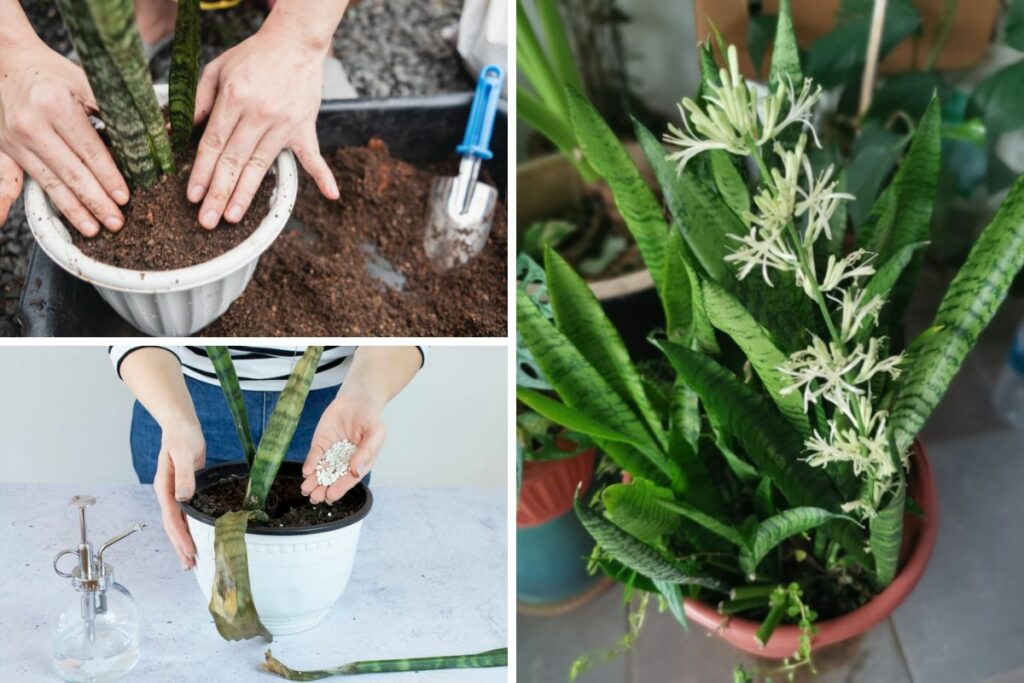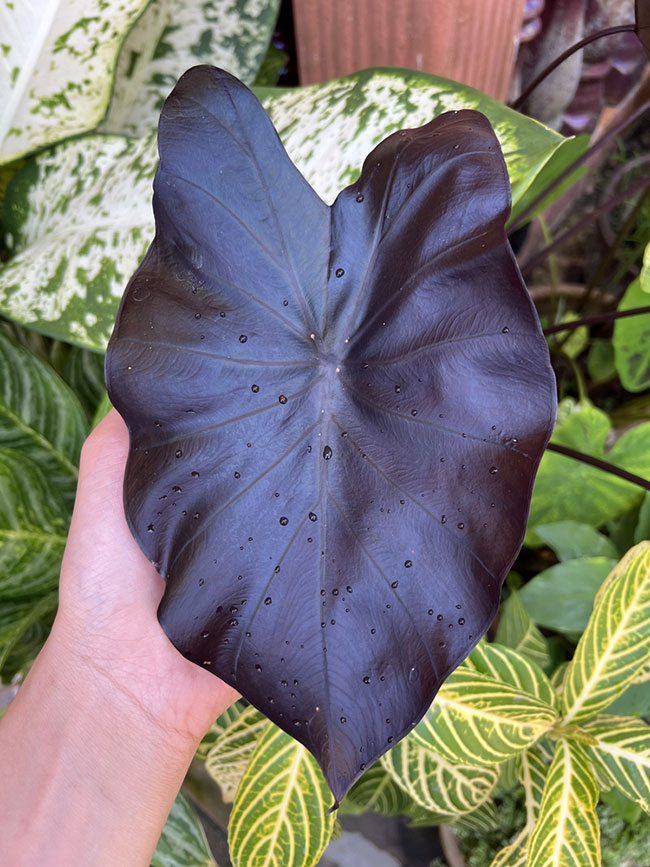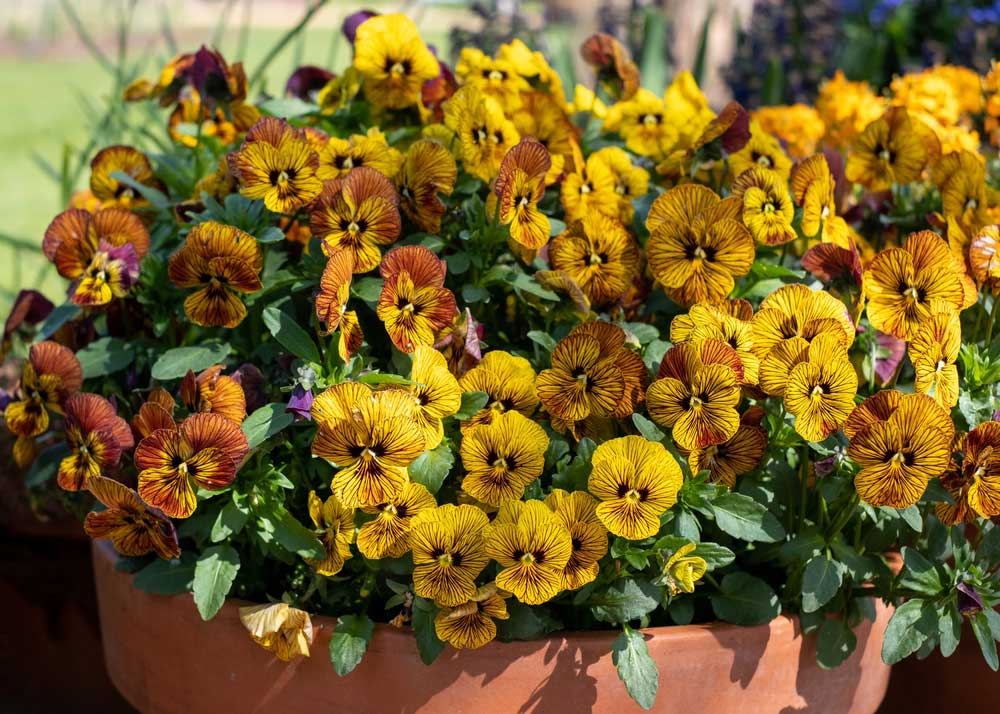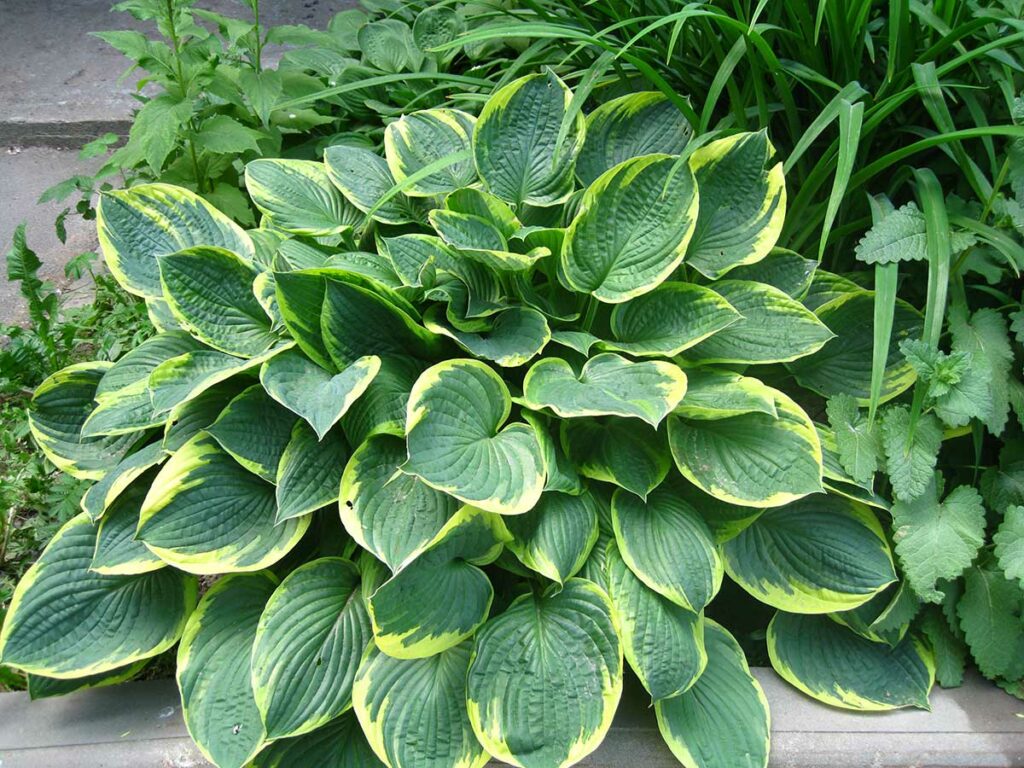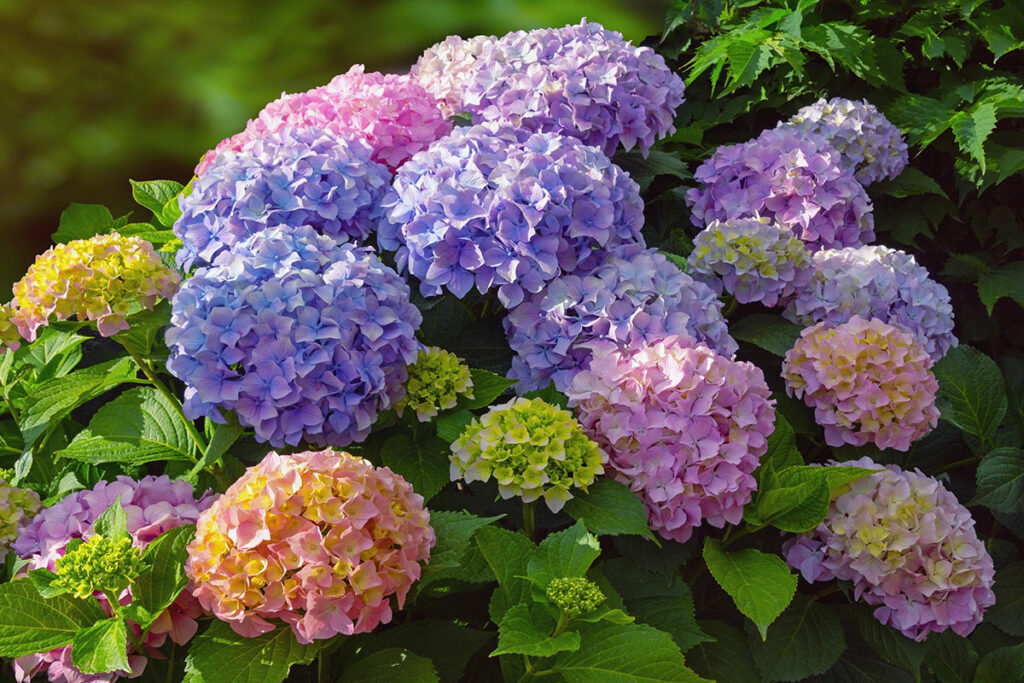Begonias are a popular choice for both indoor and outdoor gardens due to their stunning colors, variety of shapes, and low maintenance requirements.
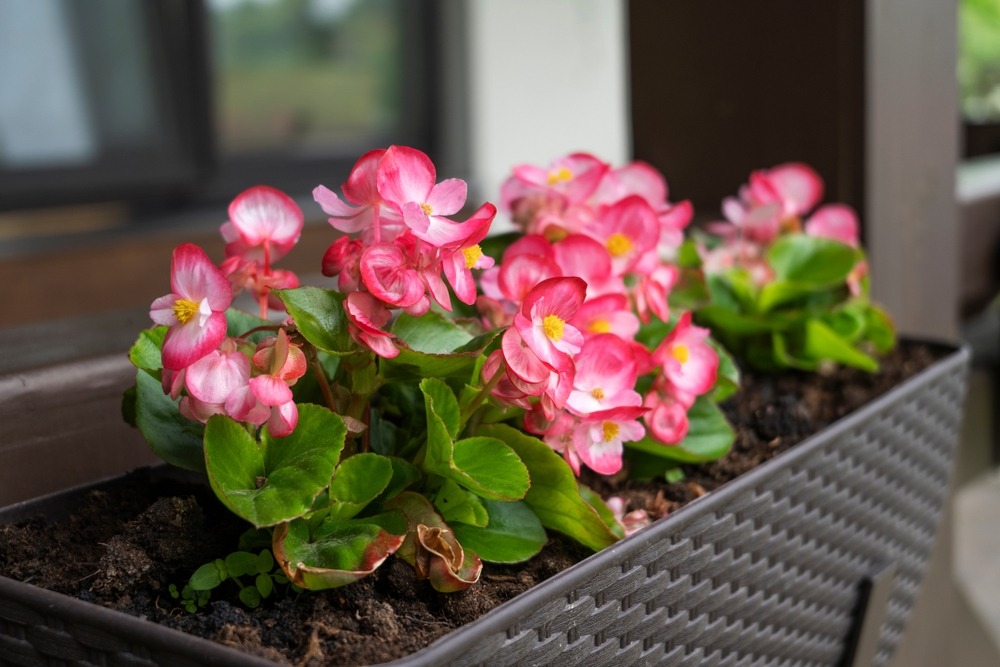
By following some simple tips and practices, you can keep your begonias blooming big and strong all season long.
In this article, we will explore the essential steps to ensure that your beloved begonias thrive and flourish.
To begin, you’ll need to choose the right location for your begonias. These plants prefer a spot with bright, indirect light – morning sun with afternoon shade is ideal.
Keep in mind that overexposure to direct sunlight can cause their beautiful foliage to fade or scorch. Additionally, be mindful of the temperature fluctuations in your area, as begonias are sensitive to extreme heat and cold.
Proper watering and feeding play a crucial role in keeping begonias healthy and vibrant. Water your plants when the top inch of the soil feels dry to the touch.
Be sure to avoid over-watering, as this can lead to root rot. To keep your begonias blooming big and strong, use a balanced liquid fertilizer every few weeks during the growing season.
Remember, a little care and attention will go a long way in ensuring that your begonias are the envy of your neighbors!
Selecting the Right Begonia Variety
When choosing the perfect begonia variety for your garden, it’s important to consider factors such as climate, sunlight exposure, and maintenance needs. In this section, we’ll explore some popular options suited to various preferences and conditions.
Begonias can be generally categorized into three main types: fibrous-rooted, tuberous, and rhizomatous.
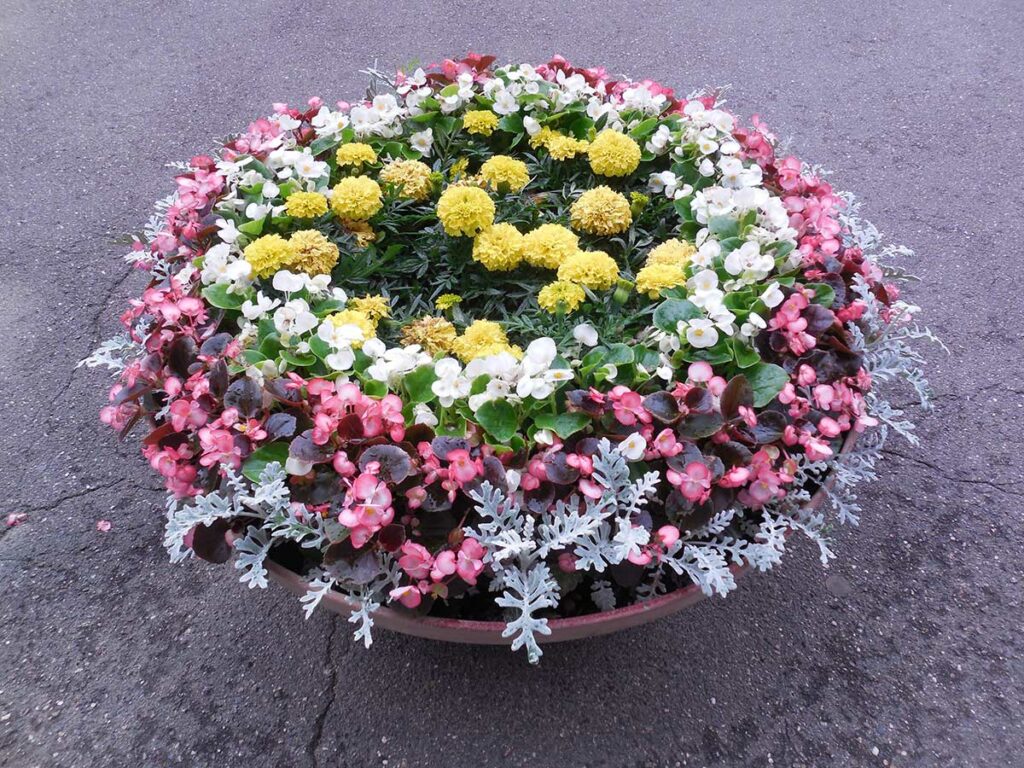
Fibrous-Rooted Begonias are known for their lush foliage and delicate flowers. They typically bloom from summer to fall and prefer partial shade. Some popular varieties include Wax Begonias, Angel-Wing Begonias, and Dragon-Wing Begonias. These plants work well in garden beds or containers.
Tuberous Begonias showcase stunning, bold flowers that come in various shapes and sizes. They usually bloom from summer until frost and thrive in partial to full shade. Examples of Tuberous Begonias are Hanging Basket Begonias, Nonstop Begonias, and Illumination Begonias – all perfect for adding vivid color to your outdoor space.
Rhizomatous Begonias are mostly known for their striking foliage rather than their flowers. These begonias can be grown for their intricate leaf patterns and colors. They prefer partial to full shade and can be planted in containers, hanging baskets, or placed indoors as houseplants. Rex Begonias and Iron Cross Begonias are popular choices in this category.
Remember, each variety will have unique growing requirements. It’s essential to research your chosen begonia’s specific needs in terms of soil, water, and fertilization. By selecting the right variety for your situation and providing appropriate care, you’ll enjoy beautiful, thriving begonias all season long.
Proper Planting Techniques
To ensure your begonias bloom big and strong, it’s important to follow proper planting techniques. Start by selecting a location with well-draining soil and dappled sunlight throughout the day. This will provide the ideal environment for your begonias to thrive.
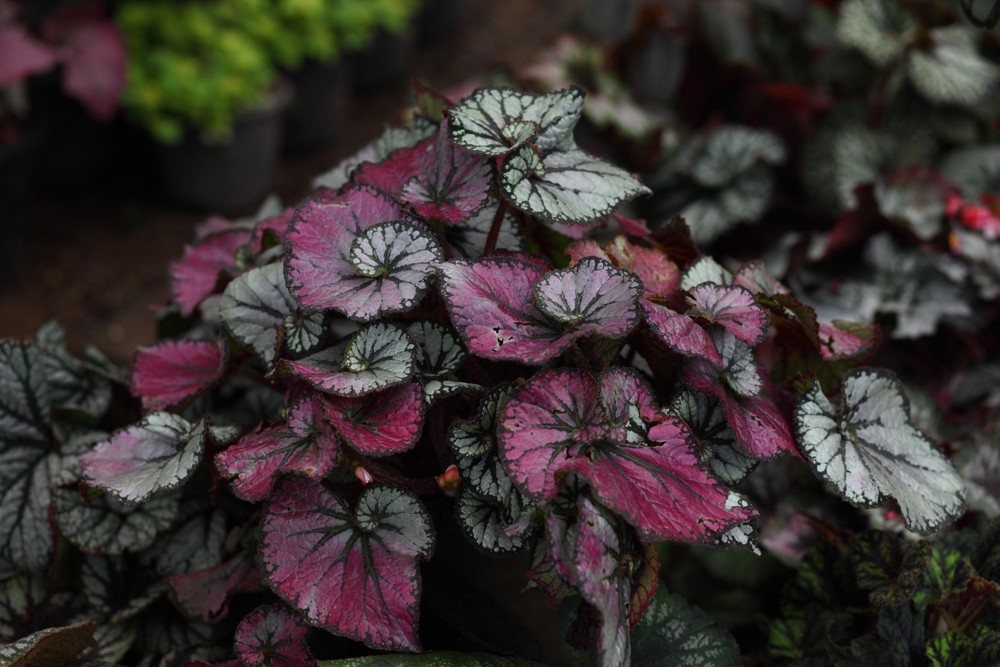
When planting, dig a hole that is twice as wide as the root ball and slightly shallower than the height of the root ball. Gently loosen the roots, taking care not to damage them. Place the begonia in the hole, making sure the top of the root ball is slightly above the soil level. This will prevent water from pooling around the stem and promote healthier growth.
Backfill the hole with a light, fertile soil mix that contains organic matter. High-quality potting mix specifically designed for container plants can be added for added nutrients. Press firmly around the begonia to eliminate air pockets and ensure that the plant is properly anchored.
Water your begonia deeply and thoroughly after planting. This will ensure that the roots can establish themselves in the soil without stressing the plant. In the following weeks, water your begonias consistently but avoid overwatering, as they are susceptible to root rot.
Lastly, consider applying a balanced, slow-release fertilizer to provide your begonias with the proper nutrients needed for robust blooming. Be sure to follow the instructions on the fertilizer package for optimal results.
Ideal Growing Conditions
To help your begonias bloom big and strong, it’s essential to provide them with the ideal growing conditions. Here is a breakdown of the key factors to consider in your begonia care routine.
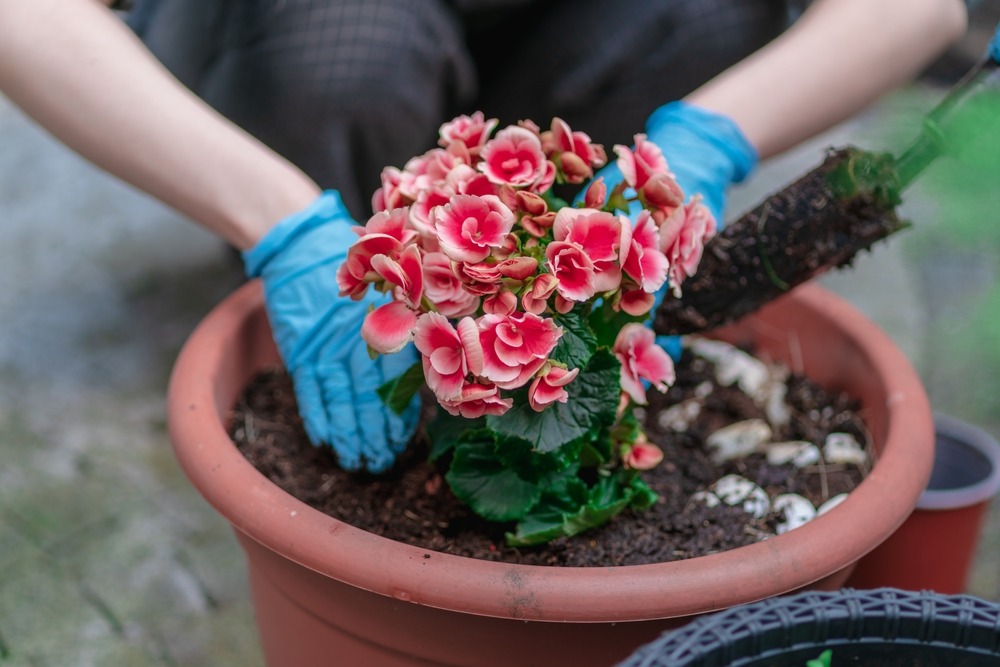
Soil Requirements
Your begonias will thrive in well-draining soil that is rich in organic matter. You can achieve this by:
- Using a high-quality potting mix specifically designed for begonias or other flowering plants.
- Adding some compost or well-rotted manure to your soil to provide nutrients and improve drainage.
- Ensuring that your pot or container has enough drainage holes to prevent waterlogging.
Light Requirements
Begonias need bright but indirect light to grow and bloom well. To make sure your plants get the right amount of light, you can:
- Place them near a window with filtered sunlight or in a bright spot with dappled shade.
- If you’re growing begonias indoors, ensure they are not exposed to direct sunlight for extended periods, as this can scorch their leaves.
Watering Practices

Proper watering is key to keeping your begonias healthy and promoting flowering. Follow these tips for optimal watering practices:
- Allow the top inch of soil to dry out before watering your begonias to avoid overwatering or root rot issues.
- Water your plants in the morning to let them dry before nighttime when the temperature drops.
- Ensure that the water drains well, and avoid letting your begonias sit in soggy soil.
Temperature and Humidity
Begonias are sensitive to temperature and humidity levels. Here’s how to maintain optimal conditions for them:
- Keep your plants in a temperature range between 60°F and 75°F during the day, and not below 55°F at night.
- Provide high humidity levels by grouping your plants together, placing a tray of water near them, or using a humidifier in the room.
By following these guidelines, you’ll create the ideal environment for your begonias to grow big and strong, and enjoy their beautiful blooms all season long.
Fertilizing Your Begonias
Choosing the Right Fertilizer
To keep your begonias blooming big and strong, it’s essential to choose the right fertilizer. A balanced fertilizer, typically with an NPK ratio of 15-15-15, will supply essential nutrients for your plants. You can opt for a water-soluble or slow-release granular fertilizer. Organic options, such as fish emulsion or compost, can also work well for begonias. Make sure to follow the packaging instructions for proper application.
Fertilizing Schedule
A proper fertilizing schedule should be established for the best results. For begonias, this typically means fertilizing every 2-4 weeks during the active growing season (spring and summer). In the winter, reduce the frequency to once every 6-8 weeks.
- Spring and Summer: Fertilize your begonias every 2-4 weeks with your chosen fertilizer at the recommended dosage.
- Fall and Winter: Reduce the frequency of fertilization to once every 6-8 weeks to accommodate the slower growth rate during this time.
Remember to water your begonias regularly to maintain consistent soil moisture. This will ensure efficient absorption of the nutrients provided by the fertilizer, promoting healthy growth and bloom production.
Pruning and Pinching
Promoting Blooms
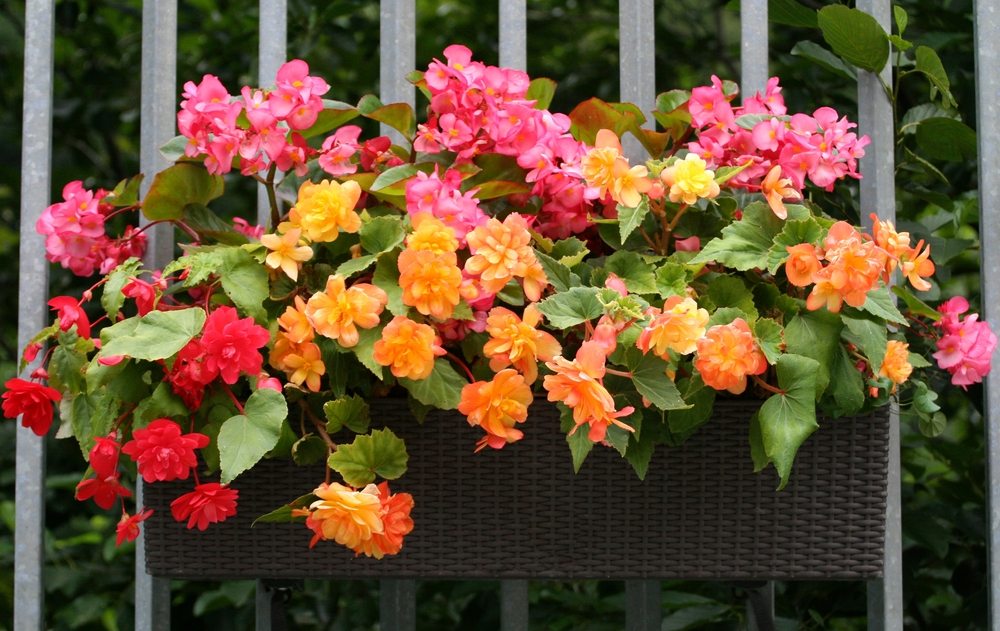
One of the secrets to keeping your begonias blooming big and strong is regular pruning and pinching. By removing dead or diseased leaves and flowers, you’ll encourage new growth and help prevent any potential diseases from spreading. Here’s how:
- Use clean, sharp pruning shears or scissors to remove any dead or yellowing leaves and flowers.
- Make sure to cut close to the stem but be careful not to damage the healthy parts of the plant.
- Inspect your begonias regularly and prune as needed to maintain their health and appearance.
Maintaining Plant Shape
In addition to promoting blooms, pruning and pinching also play a crucial role in maintaining the shape of your begonias. To keep your begonias looking their best, follow these simple tips:
- Focus on pinching: This means removing the tips of the stems by pinching them with your fingers or using a pair of scissors. This will help your begonias maintain a compact and bushy growth habit.
- Prune early: It’s best to start pruning and shaping your begonias early in their growth stage. This sets the foundation for a well-rounded, full plant.
- Think balance: When pruning, keep in mind the overall shape and balance of your begonia. Try to create a symmetrical appearance by removing any branches that are growing too close or crossing over each other.
Remember, a little maintenance goes a long way. By regularly pruning and pinching your begonias, you’ll keep them blooming beautifully and ensure they’ll be a vibrant addition to your garden for years to come.

